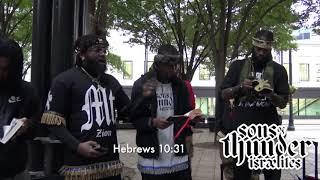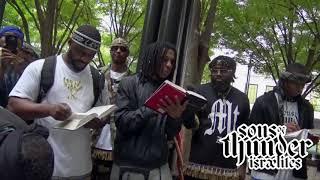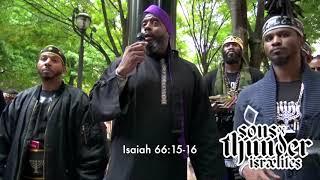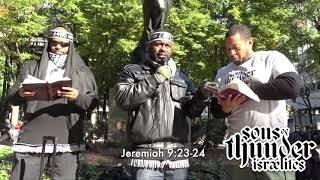The Florentine Codex is a 16th-century ethnographic research study in Mesoamerica by the Spanish Franciscan friar Bernardino de Sahagún. Sahagún originally titled it: La Historia General de las Cosas de Nueva España (in English: The Universal History of the Things of New Spain).[1] After a translation mistake, it was given the name Historia general de las Cosas de Nueva España. The best-preserved manuscript is commonly referred to as the Florentine Codex, as the codex is held in the Laurentian Library of Florence, Italy.
In partnership with Nahua men who were formerly his students at the Colegio de Santa Cruz de Tlatelolco, Sahagún conducted research, organized evidence, wrote and edited his findings. He worked on this project from 1545 up until his death in 1590. The work consists of 2,400 pages organized into twelve books; more than 2,000 illustrations drawn by native artists provide vivid images of this era. It documents the culture, religious cosmology (worldview) and ritual practices, society, economics, and natural history of the Aztec people. It has been described as "one of the most remarkable accounts of a non-Western culture ever composed."[2]
In partnership with Nahua men who were formerly his students at the Colegio de Santa Cruz de Tlatelolco, Sahagún conducted research, organized evidence, wrote and edited his findings. He worked on this project from 1545 up until his death in 1590. The work consists of 2,400 pages organized into twelve books; more than 2,000 illustrations drawn by native artists provide vivid images of this era. It documents the culture, religious cosmology (worldview) and ritual practices, society, economics, and natural history of the Aztec people. It has been described as "one of the most remarkable accounts of a non-Western culture ever composed."[2]
Be the first to comment










